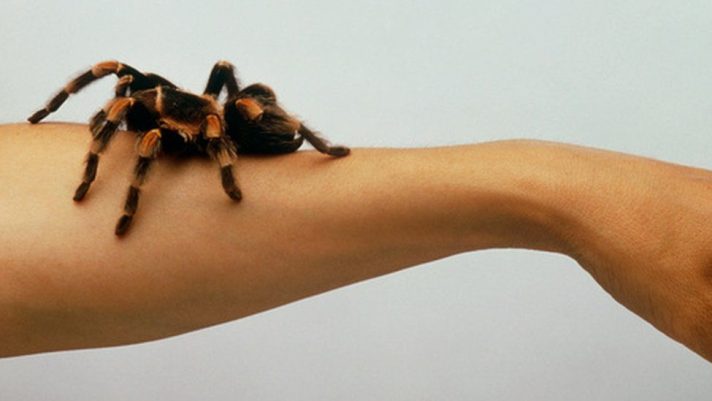What’s your phobia? tell me what’s your phobia?
A phobia is a type of anxiety disorder that is characterized by a persistent and excessive fear of a specific object or situation. The fear is so intense that it can cause significant distress and interfere with the person’s daily life.
Phobias can cause a variety of symptoms, including physical symptoms such as sweating, trembling, and a racing heart, as well as psychological symptoms such as avoidance of the feared object or situation, and anxiety.
Specific phobias are fears of specific objects or situations, such as spiders, heights, or enclosed spaces. Social phobias are fears of social situations, such as public speaking or being in large groups.
The exact cause of phobias is unknown, but they are thought to be caused by a combination of genetic and environmental factors. Some people may be more likely to develop a phobia if they have a family history of anxiety disorders, or if they have experienced a traumatic event such as being bitten by a dog, which can also trigger a phobia.
There are a number of different treatments available for phobias, including therapy and medication. Therapy can help people to understand their phobia and to develop coping mechanisms for dealing with it. Medication can help to reduce the symptoms of anxiety, making it easier for people to confront their fears.
The word “phobia” comes from the Greek words “phobos,” which means “fear,” and “-phobia,” which means “aversion.” There are many different types of phobias, they can be classified into two main categories: specific phobias and social phobias which are classified according to the object or situation that the person fears. Some common phobias include:
- Acrophobia: fear of heights
- Claustrophobia: fear of enclosed/confined spaces
- Agoraphobia: Fear of open, public or crowded spaces
- Arachnophobia: fear of spiders
- Hydrophobia: fear of water which is caused by physical symptoms related to rabies infection
- Zoophobia: fear of animals
- Ophidiophobia: Fear of snakes
- Cynophobia: Fear of dogs
- Astraphobia: Fear of thunder and lightning
- Hemophobia: Fear of blood.
- Aviophobia, Aerophobia, Pteromerhanophobia: Fear of flying, however, aerophobia also means an irrational fear of fresh air or drafts of air. Derived from the Greek “aero-“, air or gas + “phobos”, fear = literally, fear of air.
- Dentophobia: Fear of dentists or dental procedures
- Trypophobia: Fear of clustered or irregular patterns
- Mysophobia: Fear of germs or dirt
- Social Phobia (Social Anxiety Disorder): Fear of social situations or interactions.
- Glossophobia: Fear of public speaking.
- Nyctophobia: Fear of the dark
- Entomophobia: Fear of insects
- Aquaphobia: Fear of water; it is an irrational fear of water that results in negative psychological and behavioural responses
- Emetophobia: Fear of vomiting
- Thanatophobia: Fear of death or dying
- Coulrophobia: Fear of clowns
- Aichmophobia: Fear of needles or sharp objects
- Phonophobia: Fear of loud sounds or noises
- Trypanophobia: Fear of injections or medical procedures involving needles.
- Autophobia: Fear of being alone or isolated
- Triskaidekaphobia: Fear of the number 13.
- Genophobia: Fear of sexual intercourse or sexual activity.
- Erythrophobia: Fear of blushing or the colour red.
- Ornithophobia: Fear of birds.
- Taphophobia: Fear of being buried alive or of graveyards.
- Gamophobia: Fear of commitment or getting married.
- Nomophobia: Fear of being without a mobile phone or not having network coverage.
- Anthropophobia: Fear of people or social situations.
- Xenophobia: Fear or hatred of strangers or foreigners.
- Thanatophobia: Fear of death or dying. Thanatophobia is the fear of death. It comes from the Greek words “thanatos,” which means “death,” and “phobos,” which means “fear.” Sigmund Freud, the father of psychoanalysis, coined the term and believed that people who have a fear of death are actually dealing with unresolved childhood issues.
- Trypophobia: Fear of clustered or irregular patterns
- Aerophobia: Fear of flying


